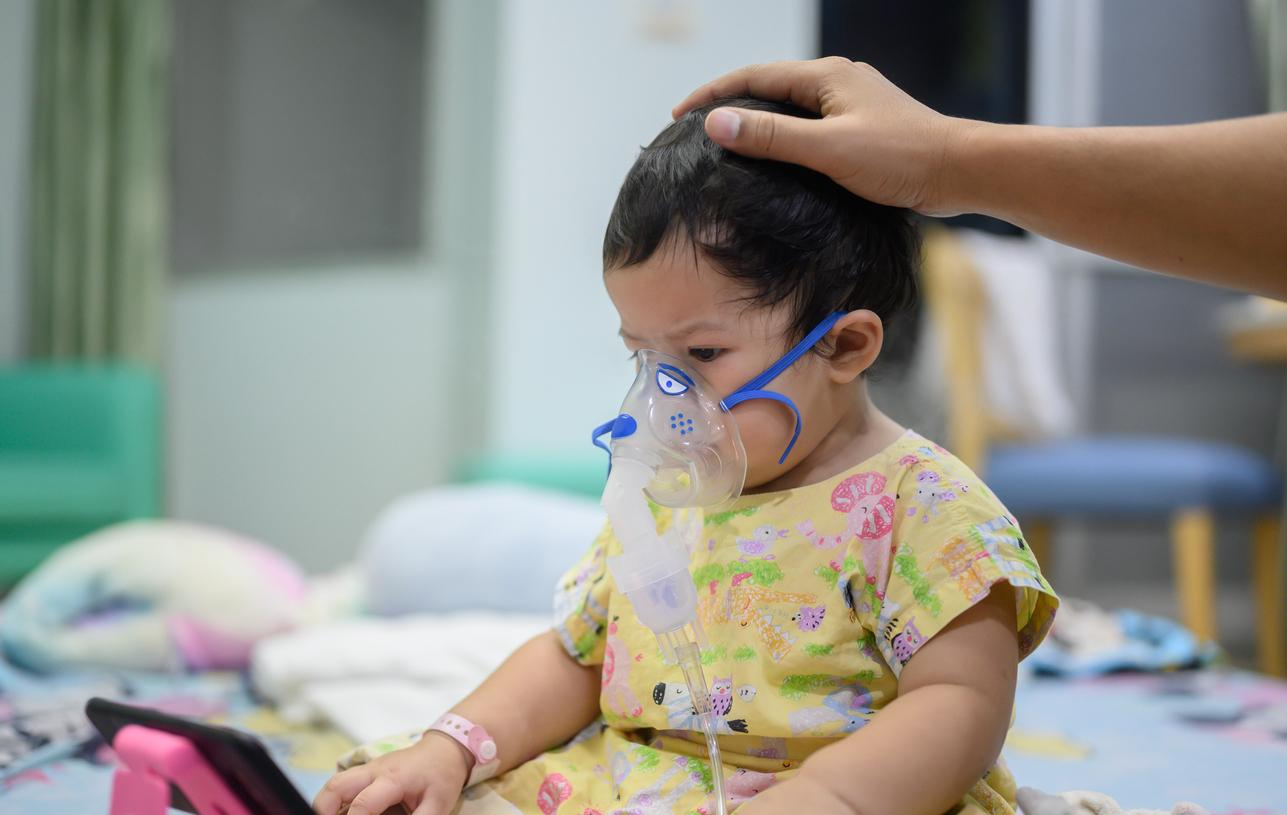Though US flu activity continues to increase slightly in children, overall levels remain low nationally, as do COVID markers, the Centers for Disease Control and Prevention (CDC) said today in its respiratory disease updates.

Percent positivity for flu has trended upward over the past few weeks but is still low, at 1.6% at clinical labs, where nearly 93% of detections are influenza A. Meanwhile, emergency department visits for flu increased slightly among children and adolescents.
No new pediatric flu deaths were reported, keeping the season's total at one. One death was reported for the 2023-24 season, which occurred in a child who died in May, bringing the number for last season to 205.
COVID activity continues to decline in most areas, the CDC said in its weekly respiratory virus snapshot.
"Across the nation, COVID-19 infections are predicted to decline in some states, and grow slowly from a low level in others," the agency said. Wastewater detections are still at the low level and are highest in the Midwest. WastewaterSCAN, a national wastewater monitoring system based at Stanford University in partnership with Emory University, said yesterday that SARS-CoV-2 detections remain low, with no significant trend up or down over the past 3 weeks.
RSV picks up more steam; more Mycoplasma and pertussis
In other respiratory illness tracking, the CDC said respiratory syncytial virus (RSV) activity is elevated and continues to increase in the East and South and is trending upward in the Central region, especially in young children. Also, infections caused by Mycoplasma pneumoniae ("walking pneumonia") continue to rise in the younger age-groups.
For pertussis (whooping cough), the CDC recently reported that illness patterns have returned to pre–COVID-19-pandemic levels. For the week ending November 9, preliminary data show that more than five times as many cases have been reported this year than last year.













